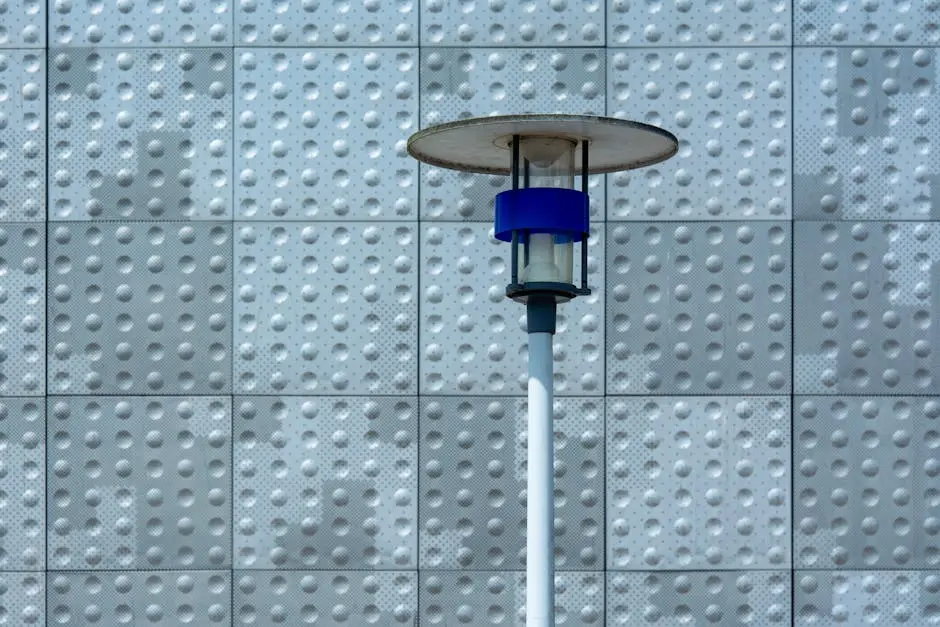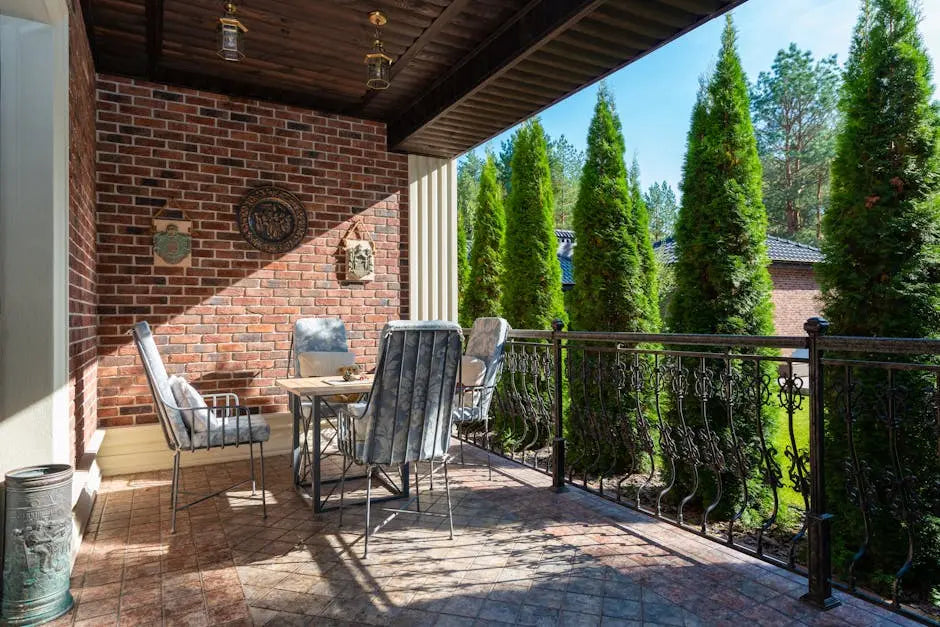
Can Solar Lighting Save You Money on Energy Bills?

With rising energy costs, many homeowners are exploring alternative solutions to save on their monthly bills. Solar lighting stands out as a promising option, but can it really make a difference in your energy expenses? In this FAQ, we’ll break down how solar lighting works and explore whether it can save you money.
How does solar lighting work?
Solar lighting harnesses the sun’s energy using photovoltaic panels. These panels convert sunlight into electricity, which is stored in batteries. This power is then used to light up spaces when needed, primarily during the night.
The simplicity behind solar lighting is quite fascinating. During daylight hours, solar panels absorb and convert sunlight into DC electricity, which charges the batteries. At night, these batteries automatically power the light fixtures, providing illumination without reliance on the grid.
An added advantage of solar lighting is its capability to work independently of the main power source. This means even during power outages, your garden or pathway remains lit, thanks to the solarpowered design.
What are the initial costs of installing solar lighting?
The upfront costs for solar lighting vary based on factors like the quality of the panels, number of lights, and additional features. However, the investment can often be recouped over time through reduced energy bills.
Investing in solar lights, such as those available at All Lawn Garden, typically involves purchasing innovative systems that might seem costly initially. Prices can range from affordable single light options to extensive multi-light units with advanced features.
A surprising aspect of investing in solar lighting is the relatively low maintenance cost that follows installation. More than just monetary savings, the reduction in hassle can be equally rewarding.
Can solar lighting decrease my energy bills?
Yes, solar lighting can cut down your energy expenses by reducing dependency on traditional electricity for lighting. It primarily uses free, renewable solar energy, thus lowering monthly utility bills.
Energy savings with solar lighting are not a myth. By switching to outdoor solar options, you effectively replace conventional electricity consumption with a system that taps into an inexhaustible energy supply—the sun.
You will experience a noticeable decline in your monthly bills as you harness the power of solar lights. Whether you’re lighting up a small garden path or an extensive backyard, the savings accumulate significantly over time.
What are the maintenance requirements for solar lighting?
Solar lighting requires minimal maintenance. It’s important to regularly clean the solar panels to ensure maximum efficiency. Besides that, occasional battery replacements might be needed depending on the usage and lifecycle.
Cleaning the panels occasionally to remove dust or debris ensures that the sun’s rays are effectively captured. Other than this infrequent task, solar lights are largely self-sustaining.
Are there any limitations to using solar lighting?
While solar lighting is beneficial, it does have limitations such as reduced effectiveness in regions with limited sunlight or during prolonged cloudy periods. It’s essential to evaluate your location’s suitability before installation.
Regions prone to extended overcast conditions might face challenges in maintaining peak operational performance for solar lighting solutions. But even these challenges can be mitigated with proper planning and battery management.
Despite potential limitations, modern solar lighting systems are designed to perform efficiently in diverse conditions, with innovations like high-capacity batteries ensuring continued usage during less sunny days.
Embrace Solar Lighting for Energy Savings and Sustainability
Incorporating solar lighting into your home lighting strategy can significantly reduce energy costs. Not only does it leverage a renewable energy source, but it also offers long-term savings with minimal maintenance. By tapping into solar lighting, you can enjoy well-lit spaces while contributing to a more sustainable future.






